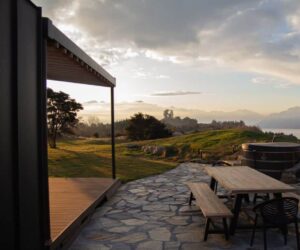Winter
Andrew.Parks
Fri, 05/10/2024 – 15:57
Whether you walk through a wildly popular festival, skate along the world’s longest ice path, or hit the slopes, winter is a way of life in Minnesota.
Here is how to make the most of the state’s most iconic season.
Weston Holland_ Paul Bunyand and Babe in snow.jpg


Inside a camper cabin at Whitetail Woods Regional Park in Farmington / Paul Vincent

Cross-country skiing’s elite athletes converge for the World Cup
/ Paul Vincent

Dogsledding on Poplar Lake
/ Ryan Taylor

An aerial view of Faribault Mill’s flagship store and factory
/ Faribault Mill
Shop Local This Holiday Season
From woolen blankets to iconic boots, Minnesota is an epicenter of handmade goods
02
03
04
Get help from the experts to plan your trip
Want to know the best spots in Minnesota? How about tips on how to make the most of your time in a specific city? Our Minnesota experts can answer your questions, offer advice, or plan the perfect Minnesota trip for you. For free.
Topic
Line illustration
1
Let It Snow
snowflake
all-other
0
Short










